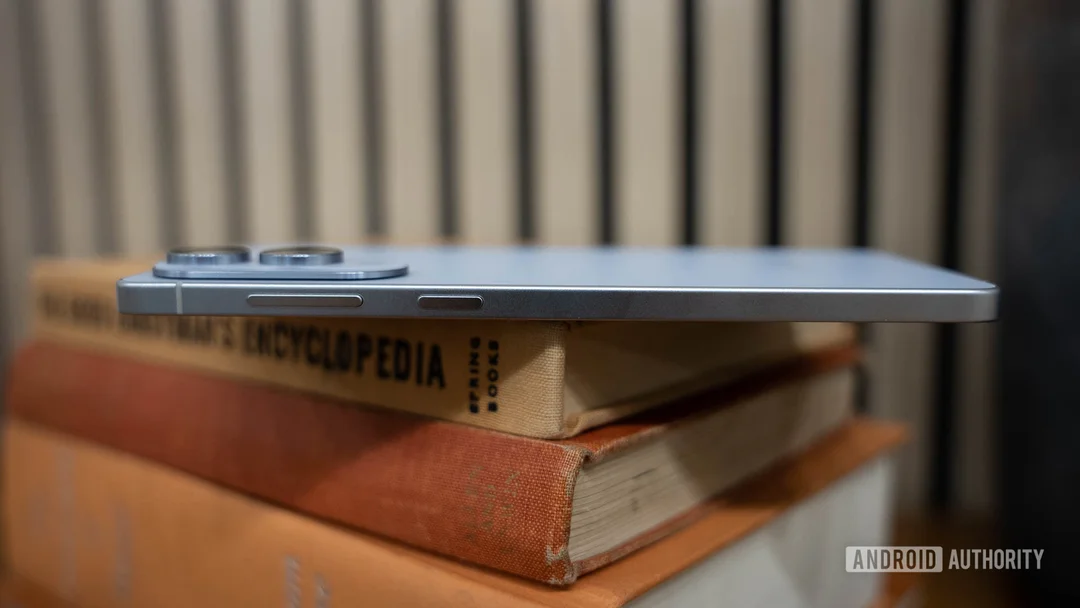
Samsung Galaxy S25 Edge: Thin Design, Big Trade-Offs? Battery Life Concerns Surface
The Samsung Galaxy S25 Edge is making headlines for its incredibly thin design, but is it all just hype? Concerns are mounting about its battery life, raising questions about the compromises made to achieve such a sleek profile. Let's dive into the details and see if this ultra-thin flagship lives up to expectations or leaves users constantly searching for an outlet.

Initial impressions of the S25 Edge focused on its delicate thinness. However, a 3,900mAh battery capacity raises red flags, especially when compared to its siblings. The Galaxy S25 Plus boasts a 4,900mAh cell, and even the standard S25 edges ahead with 4,000mAh. While the Edge features a larger, higher-resolution display and a 200MP camera, these power-hungry components might be too much for the smaller battery. Could this spell trouble for users who demand all-day performance?
Early testing suggests that Samsung's claims of battery life falling between the Galaxy S24 and S25 may be optimistic. Automated battery longevity tests reveal that the S25 Edge underperforms across the board, clocking fewer minutes than the standard S25 and, in many cases, the S24 series. The only consistent performance comes from the camera capture time. The Edge's real-world battery life reflects a potential 20% reduction in video recording and a 27% reduction in Zoom call duration when compared to the regular S25.
The **Edge's beefier specs** clearly tax the 3,900mAh battery, leading to disappointing screen-on time. While software optimization may play a role, the display undoubtedly demands more power. The combination of a smaller battery and a larger, sharper display creates a perfect storm for battery drain.
The **S25 Edge** delivers around four hours of constant content capture, seven to eight hours of moderate use, and up to 17 hours of offline 4K video playback. Although these figures aren’t terrible alone but, you'll get less juice out of that slimmer build. Add background tasks, heavy data use, or gaming, and the situation deteriorates quickly. At a price point of $1,100, the S25 Edge leaves little room for battery degradation over time.

A further concern is the thin metal frame's tendency to heat up during use. This can accelerate battery degradation, cause inefficient discharge, and increase self-discharge. This could explain the underwhelming performance in demanding tasks, such as Zoom calls.
Despite the battery concerns, the Galaxy S25 Edge boasts several attractive features. Its lightweight design and titanium frame make it a joy to hold. The 200-megapixel main camera delivers impressive image quality, and the Snapdragon 8 Elite processor ensures smooth performance. However, compromises have been made in the camera setup. There’s no telephoto lens, with preset magnification options limited to .6x, 1x and 2x with digital zoom up to 10x.
The question remains: is the ultra-thin design worth the price? While some find the sleek form factor compelling enough to make battery concessions, others may prefer the extended battery life and zoom capabilities of other Samsung Galaxy S25 models. Consumers who want an even more compact phone without sacrificing image quality might consider the S25 Edge a stronger pick. For those prioritizing battery life, the S25 Ultra seems like a smarter choice.
What are your thoughts on the Samsung Galaxy S25 Edge? Is thinness a priority, or are you more concerned about battery life and features? Share your comments below!